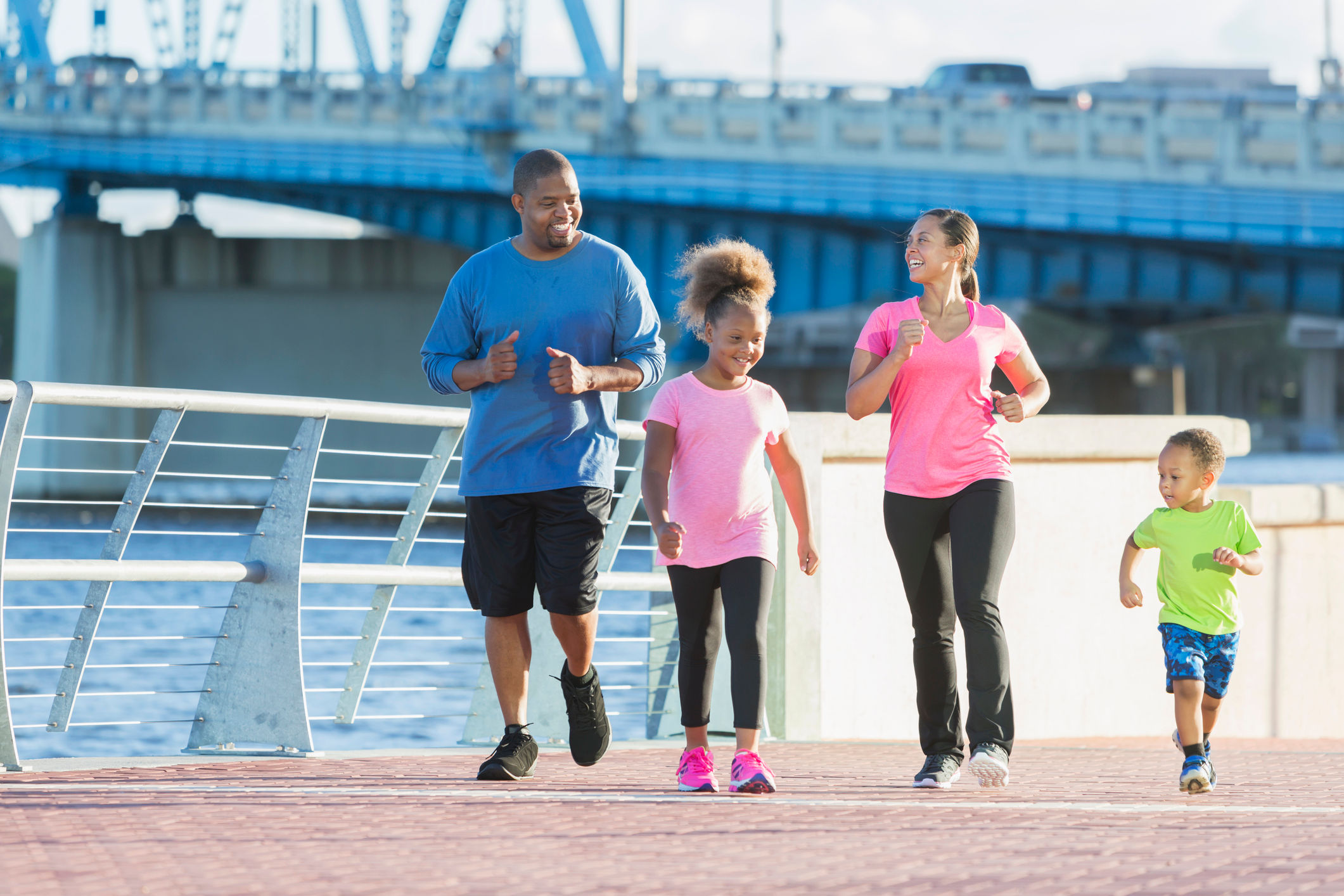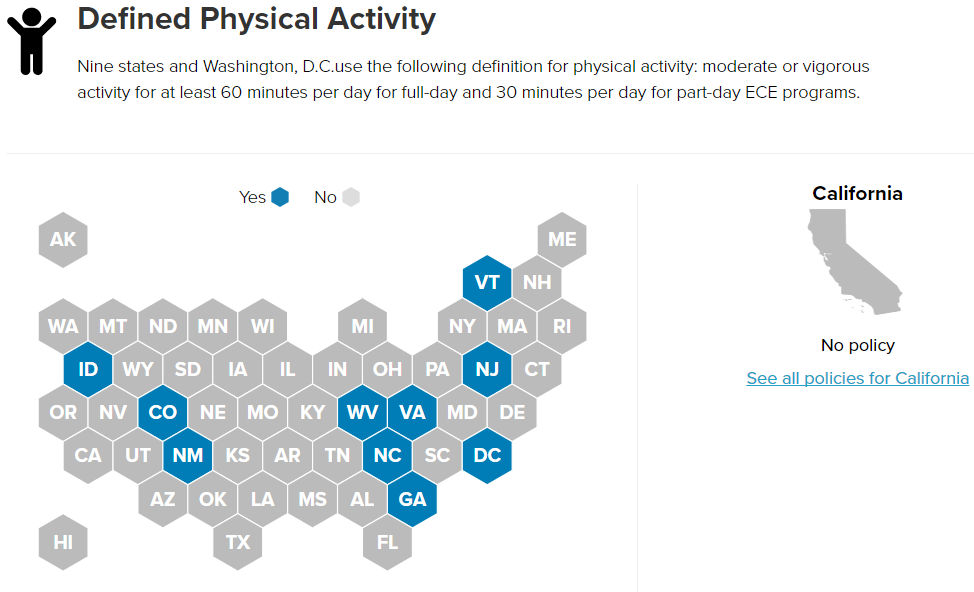
The start of a new year is a chance to hit the reset button. We use this time to reflect on the previous year and plan to make positive changes in the year ahead. In the last half of 2017, Trust for America’s Health and the Robert Wood Johnson Foundation published their annual State of Obesity report.
This eagerly awaited report provides an update on national adult and childhood obesity rates, areas of progress and contributing factors to observed outcomes. This useful tool measures the impact of programs and policies on the fight against obesity and helps us align our goals for the coming year.
So, what do we know about the current state of obesity in the United States?
Childhood Obesity
Data shows that the habits formed in early childhood are carried into adulthood, which is why it is critical that we model healthy behaviors from the start. Policies can have a major impact on the systematic change needed to prevent and treat childhood obesity, and support adults in modeling healthy behaviors for our youth. According to the report, every state and Washington, D.C. have regulations in place for early childhood education programs to provide time for daily physical activity.
The problem is that only nine states and Washington, D.C. have additional regulations in place to ensure children meet the recommended 60 minutes of physical activity per day. On top of that, those additional regulations only apply to child care facilities. That means that although states require time for physical activity, it may not be enough for children to reap the benefits. These regulations also exclude the children in the pre-teen and teen groups—kids who may need even more support and education than their younger counterparts. This could be why we are seeing obesity rates declining among 2- to 5-year-olds, but increasing among 12- to 19-year-olds.

Source: The State of Obesity (2017). The State of Obesity: Better Policies for a Healthier America. https://stateofobesity.org/files/stateofobesity2017.pdf
Adult Obesity
Adult obesity rates have caused a plethora of issues, from an increase in chronic disease rates and a decrease in quality of life measurements, to an increase in healthcare costs and a rise in obesity-related mortality rates. It is a scary reality that countless organizations, including ACE, are working to improve.
However, the report does offer a glimmer of hope: After years of rapidly rising rates, the adult obesity rate has started to slow and remains stable. We are still sitting at adult obesity rates that are nearly triple the rates reported just a short 50 years ago, but a plateau is a good shift toward getting us back to healthier living. While we would love to see a decrease in obesity rates, these results are nevertheless encouraging.

Source: The State of Obesity (2017). The State of Obesity: Better Policies for a Healthier America. https://stateofobesity.org/files/stateofobesity2017.pdf
Lingering questions remain about adult obesity rates in the U.S. For instance, how do we close the gaps we’re seeing among different demographics? Minorities and low-income individuals consistently have the highest rates of obesity. In fact, people from low income neighborhoods are 4.5 times more likely to lack access to pools, tracks, tennis courts, sports fields and other recreational facilities. There is a desperate need for programs and policies that support efforts to create equitable access to physical activity and health-promoting services.
ACE in 2018
After reviewing these findings, we believe we are right on track. Our efforts to certify well-qualified exercise professionals, educate the public on how to elicit healthy change in their communities and advocate for state and federal laws that create more opportunities to be physically active are exactly what we need to continue doing. This will be a long, uphill battle that will require our continued dedication over many years. ACE Advocacy will remain committed to influencing legislation that incentivizes physical activity at worksites, creates standards to incorporate adequate physical activity in schools, establishes shared use agreements in communities and integrates both physical activity and ACE Professionals into the healthcare continuum. Our goal for 2018 remains the same: to get people moving.
Visit our Advocacy Center to learn more about our efforts to build a healthier, happier and more active nation.




 by
by 


